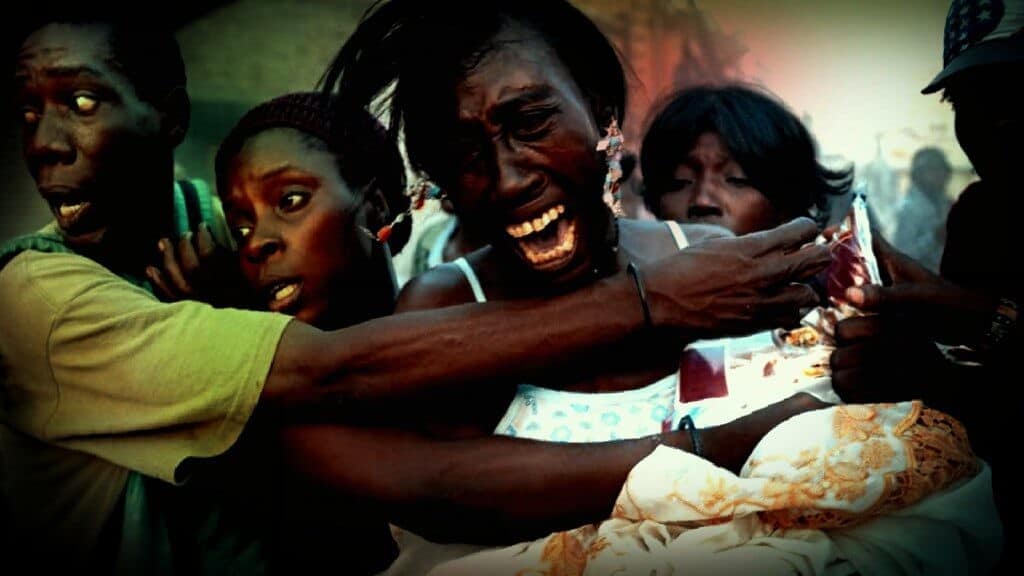Haiti has become world news but at a high cost. The poorest country in America has been shaken by a shocking natural disaster, an earthquake that has left more than one hundred thousand dead and millions of people displaced, according to official figures that continue to increase.
Haiti and the 2010 Earthquake: The reality behind tourist postcards
Before this disaster, Haiti’s social reality was largely ignored globally or at best, seen as an example of backwardness and underdevelopment or an exotic destination for wealthy tourists from rich countries.
White sand beaches and images of laughing black children smiling for the camera were used in travel agency catalogs and tourist advertisements to attract foreign visitors.
However, these false representations of Haiti, created for the thriving global tourism business, continue to generate revenues and promote pleasant delusions, even in the midst of the worst natural disaster and human tragedy in decades.
It’s incredible how postcards from a tropical paradise continue circulating while the country faces an unprecedented humanitarian crisis.
The 2010 Haiti earthquake has revealed the true situation of a country that has been marginalized and forgotten for a long time. The magnitude of the devastation has highlighted the urgent need for international care and aid to rebuild what has been destroyed and support affected communities.
Haiti deserves more than just breaking news when a tragedy occurs but rather constant and sustained attention to address the structural and systemic challenges it faces.
Shocking contrasts: Luxury cruise ship in Haiti as devastation persists near Port-au-Prince
Near Port-au-Prince, the Haitian capital that is still suffering the ravages of devastation, there is a glimpse of the imposing silhouette of a luxurious cruise ship at anchor. But this is not a boat with humanitarian aid, medical personnel or first responders. It’s a Royal Caribbean luxury cruise, where tourists enjoy sunbathing, drinking cold beer and pina colada and listening to Haitian folk music.
This unusual scene raises questions: how is it possible to enjoy an idyllic journey while a few kilometers away more than a million injured and traumatized people are desperately looking for food and shelter?
With cynicism, some “generous” visitors try to redeem their conscience by buying additional handicrafts and “feel good spending extra money (since) it was very picturesque and even mystical to have traveled there”, as The Guardian recounts.
It is shocking to see how a tragedy turns Haiti, known as the true “light of America”, into a no man’s land, where the reality of desperation and need contrasts with the frivolity and luxury of tourists on the cruise ship.
Indifference to the suffering of others and arrogant altruism are behaviors shared by evangelical American pastors with messianic delusions, as well as brigades from the “Scientology” cult that compete in Haiti with their outdated beliefs.
These individuals start guilty prayers and encourage whole days of public prayers and repentance among thousands of people who have lost everything, showing alarming irrationality.
Pat Robertson: Controversial statements about Haiti
The controversial and disturbing statements of religious leader Pat Robertson recognized for his presidential candidacy in the United States, have generated indignation. Robertson said that the earthquake that devastated Haiti was a divine punishment due to the country’s supposed “pacts with the devil”.
Shockingly, Robertson also blamed Haitians for all the natural disasters they have suffered since their independence from France in 1804, claiming that they have been “cursed” ever since.
It is surprising that a natural tragedy has led a country that was a pioneer in the struggle for independence in America and in the abolition of slavery, to be vilified and used by powerful individuals for their own benefit, through alms, empty gestures or simply to gain visibility in the media.





